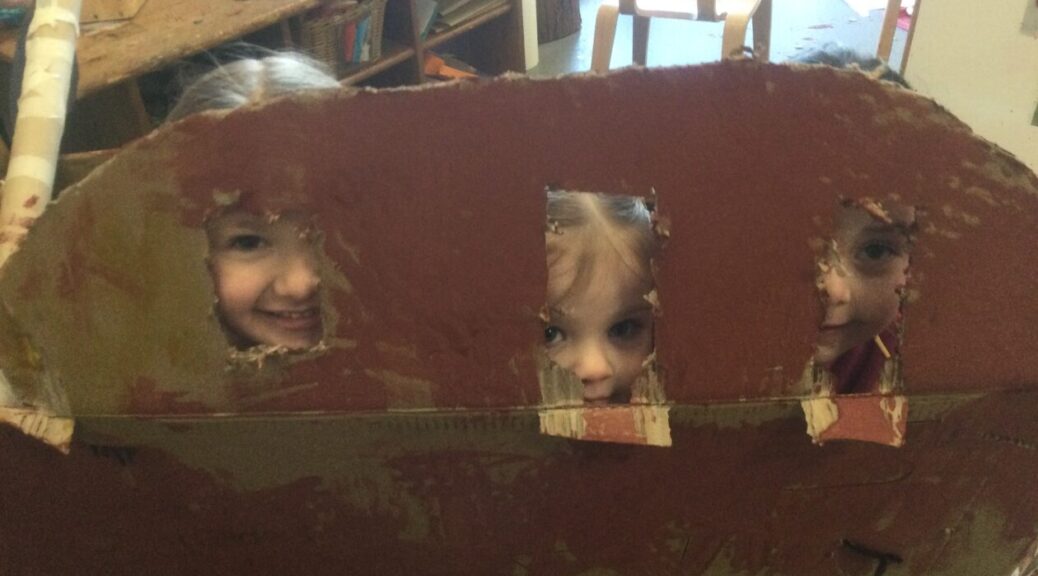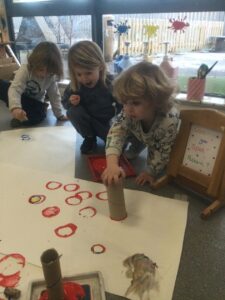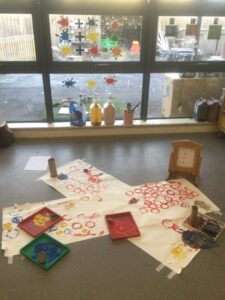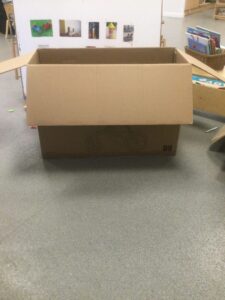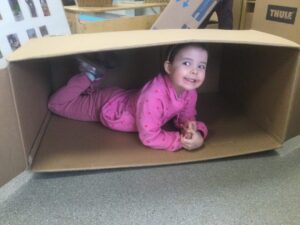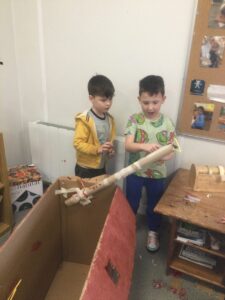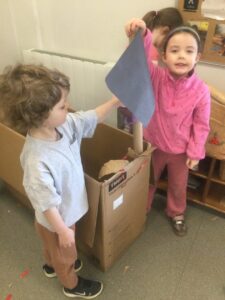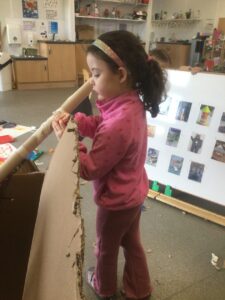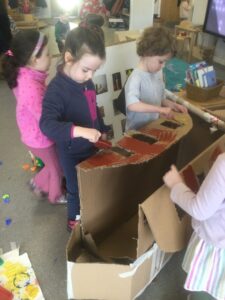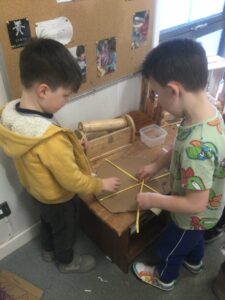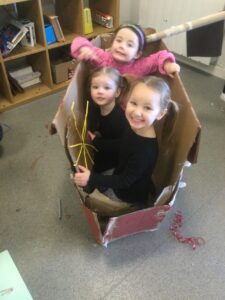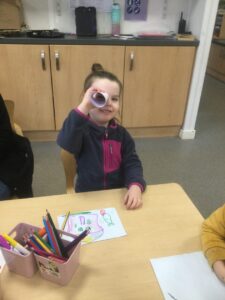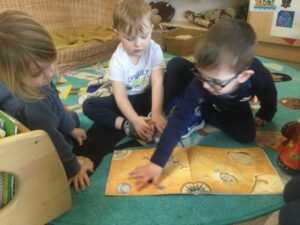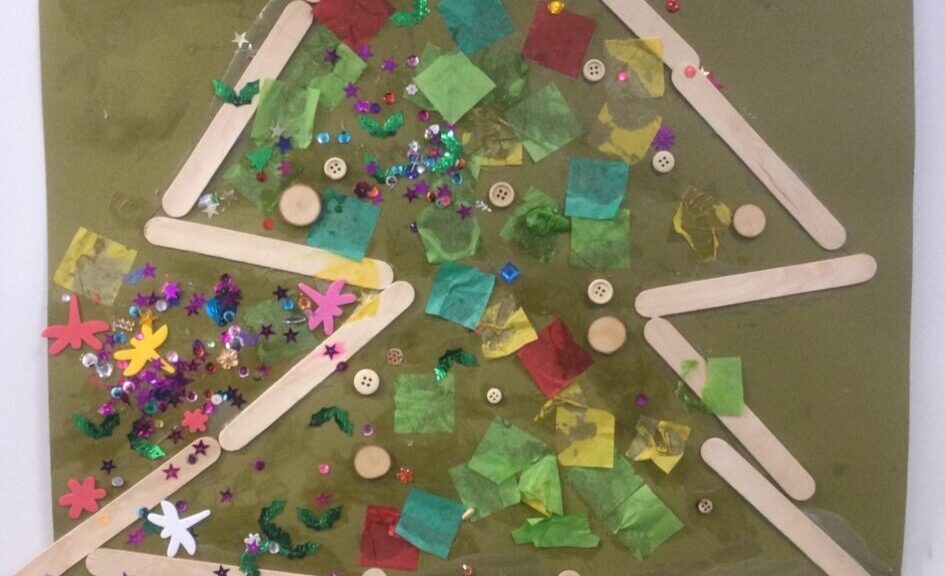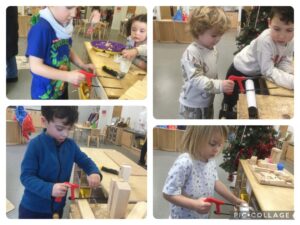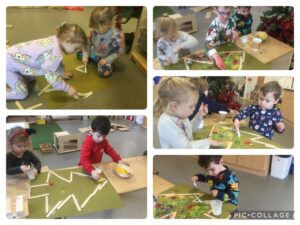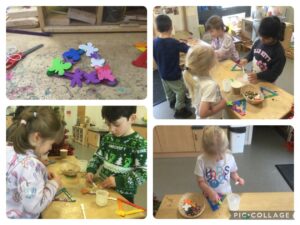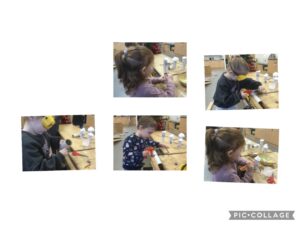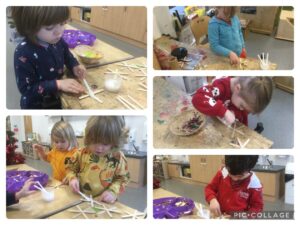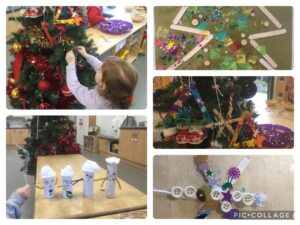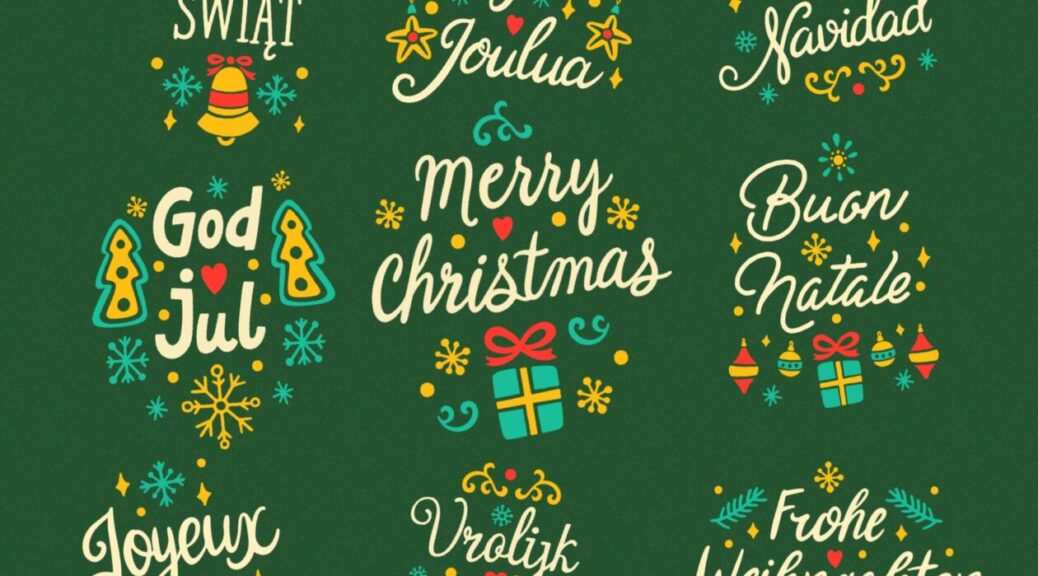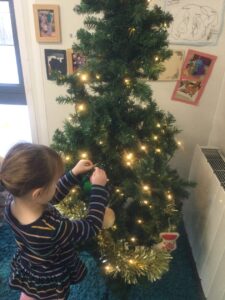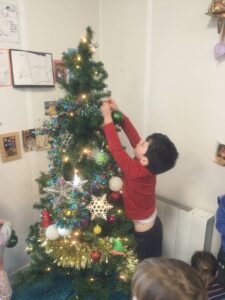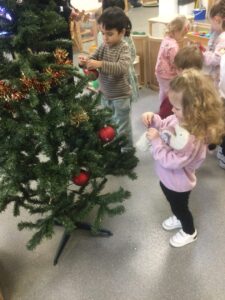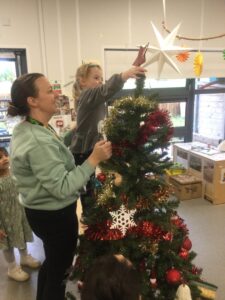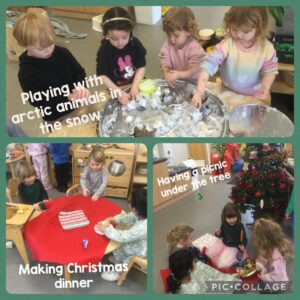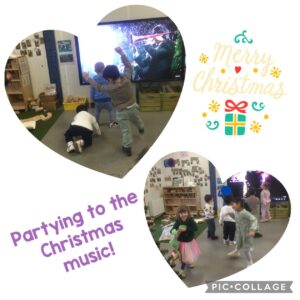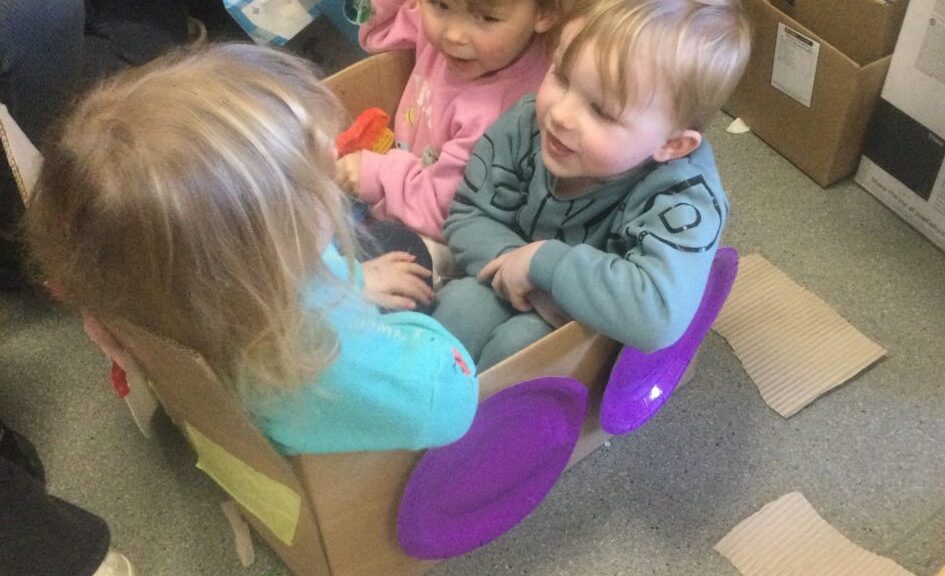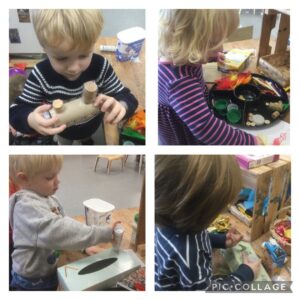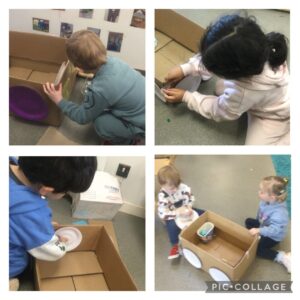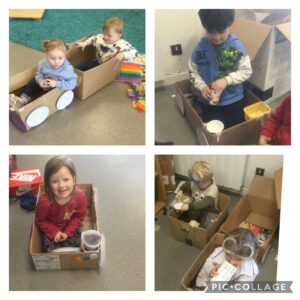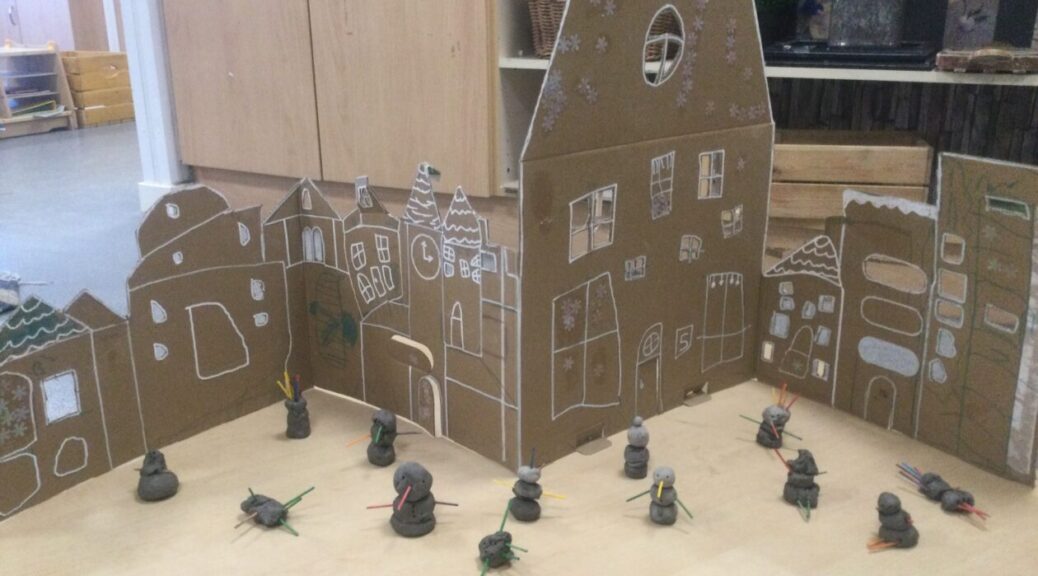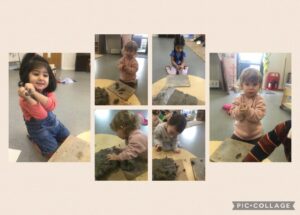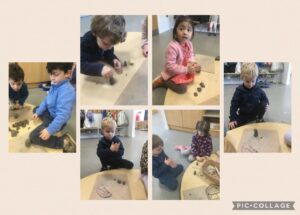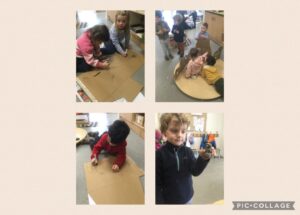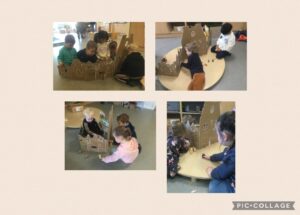Last week in the Discovery Room the children were fascinated with Aeroplanes! This stemmed from one child talking about his Daddy being an engineer for an Airline! The children watched clips of planes landing and then designed and built their own aeroplane using the blocks!

Following on from this, we had a discussion about different modes of transport and today the children decided to design and build their own boat! We looked at clips of different types of boats on the screen and got to work creating our masterpiece!

“This boat needs big sides!”
“Don’t forget a steering wheel!”
Once the Cartmill Cruise Ship was complete the children wasted no time jumping on board and playing in it!

“There’s too many people, it might sink!”
The children used their imaginations and went on holiday to many places from Glasgow to as far away as Canada!
”My Gran goes on a cruise ship!”

When we were in bed sleeping the sea got a bit choppy which the children thought was scary!
”Ahhhhhhhhhhhhh!”
The children then used the iPad to scan the QR code for our five little boats song which they enjoyed singing along to!

Once we had travelled the world in our boat the children decided they wanted to make their own little boats to race in the water tray! It was agreed that tinfoil would create the best boats.

“Tinfoil is light, because it’s light it stays on top of the water!”

“The sides are going up to stop the water going in!”
”Mine is a big boat with a little boat inside!”
The children had great fun racing their boats, they also decided to use empty butter tubs which they discovered also floated and they covered the lids in tinfoil to make a life raft!

“Ah, mine has sunk, my floating bits have come off!”
”Oh no, I have a leak, it’s sprung a leak!”
”There’s been a Tsunami which caused a whirlpool!”
We explained to the children their boats had capsized! They had not heard this expression before so we looked it up on the iPad to show them images of what it meant!
A lot of fun was had by the children starting with them being so imaginative in the block area. Block play encourages the children’s creativity whilst learning to take turns and share materials. They are learning to cooperate whilst playing and communicating with their friends!
Well done to the Cartmill designers and builders!
Article 31 – Children have the right to play.



 The older children took pleasure in writing their names and drawing shapes in the squishy paint they also realised by mixing the colours together they could make secondary ones. The younger children made patterns with their fingers and delighted in feeling the squishiness of the paint beneath their hands. Some of the children thought that next time they would like to use their feet to see how that felt.
The older children took pleasure in writing their names and drawing shapes in the squishy paint they also realised by mixing the colours together they could make secondary ones. The younger children made patterns with their fingers and delighted in feeling the squishiness of the paint beneath their hands. Some of the children thought that next time they would like to use their feet to see how that felt.








